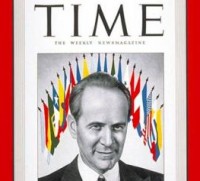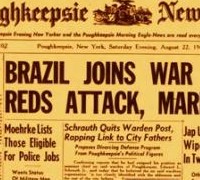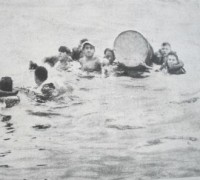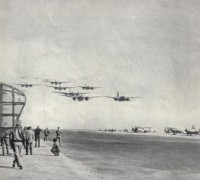BRAZIL. THE HARD ROAD TO WAR * - THE HARD ROAD TO WAR
12)THE WORLD AT WAR
In September 1939, when hostilities broke out, the war on the sea seemed to take the same path of the previous world war. Germans had only 57 U-boats whose models were not much superior to those from 1914- 1918. For operational reasons, only 48 were fully seaworthy, among them 21 of long range variants.
Commodore Karl Doenitz head of U boat flotilla, had requested a minimum of 300 units, so that he could keep in constant operation at least 100 subs. As it was publicly known, Adm. Erich Raeder chief of Kriegsmarine, advocated the supremacy of a surface fleet over the submarine arm.
POLAND
The entry of German navy in the war was not signaled by the guns of the grand fleet but by a lone training ship, the Schleswig Holstein. In first lights of the morning, the ancient ship laid in anchor at the hotly contested area of
Thus the war began 6 years earlier to German navy. But along to choose the time and place of the conflict, the Kriegsmarine despite its limited force was able to sustain remarkable offensive. This initial glory was tainted by the tragic sinking of the liner Athenia. Attacked by a U-boat in flagrant breach of international law. The incident provoked a hardening of attitudes against Germany.
Submarine activity during War II was intense and fiercely fought. Allied Navies sustained appalling losses with thousands of merchants sunk. No one continent was saved and the conflict dragged all nations.
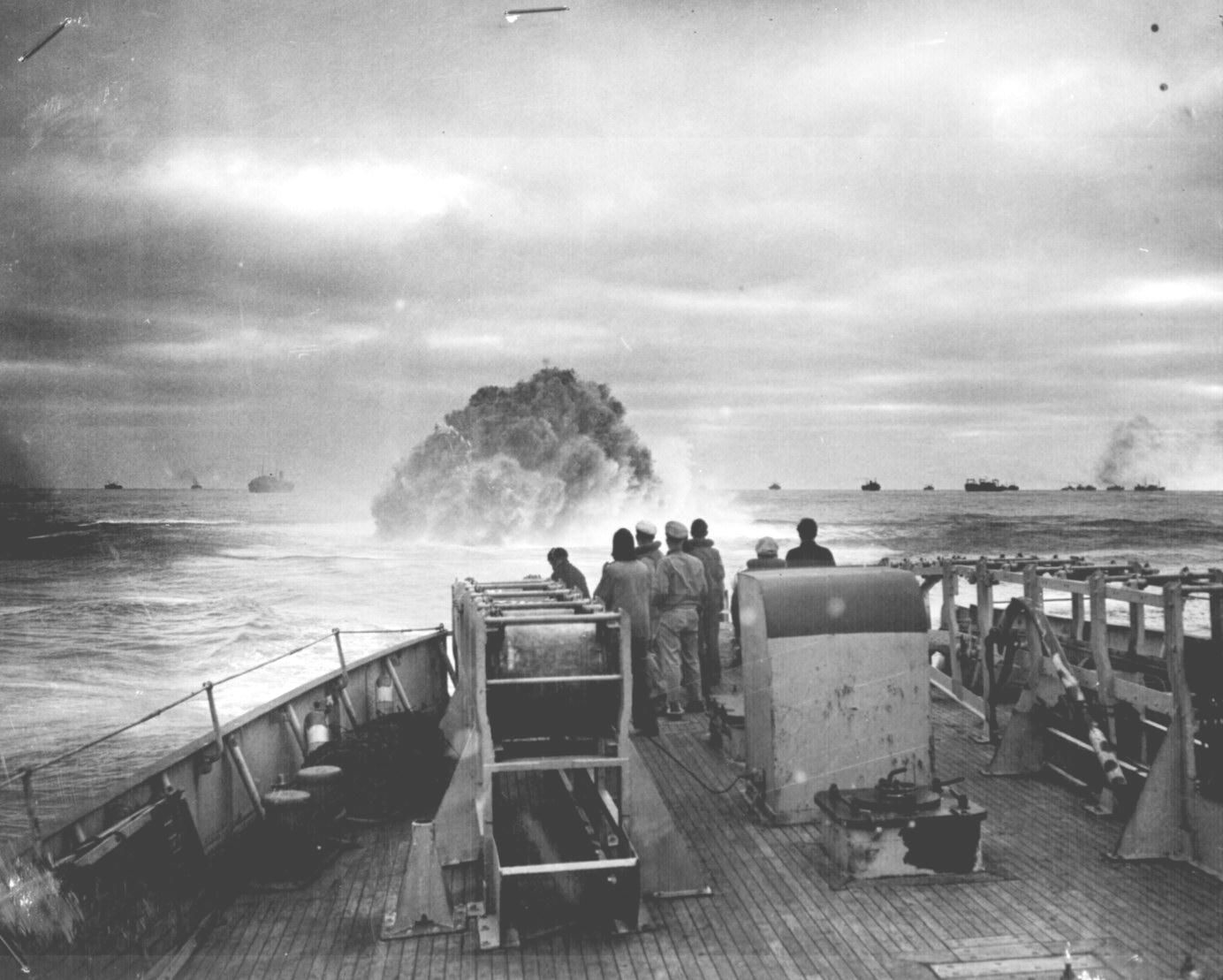
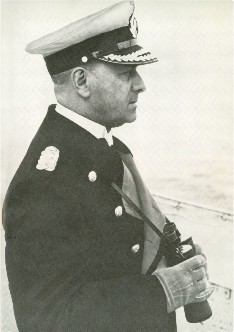
Admiral Erich Raeder Head of Kriegsmarine. The loss of capital ships like the Graf Spee, Bisrmarck and the sinking of a large number of ships during the
In the fierce struggle at sea, 25% of the British merchant sailors died during the war, numbering 30 000 merchant seamen. Thousand of allied sailors, aviators and civilian passengers also perished in the unforgiving waters of Atlantic Ocean. In the north Atlantic alone roughly 22.000 British seamen went to the bottom with their ships or when survived the sinking in their tiny, cramped rafts, with no rations or water to dole out, to keep them alive to face the cold waters of north Atlantic or the blazing sun of southern latitudes. In the south Atlantic The British Merchant Navy lost 6,300 men.
